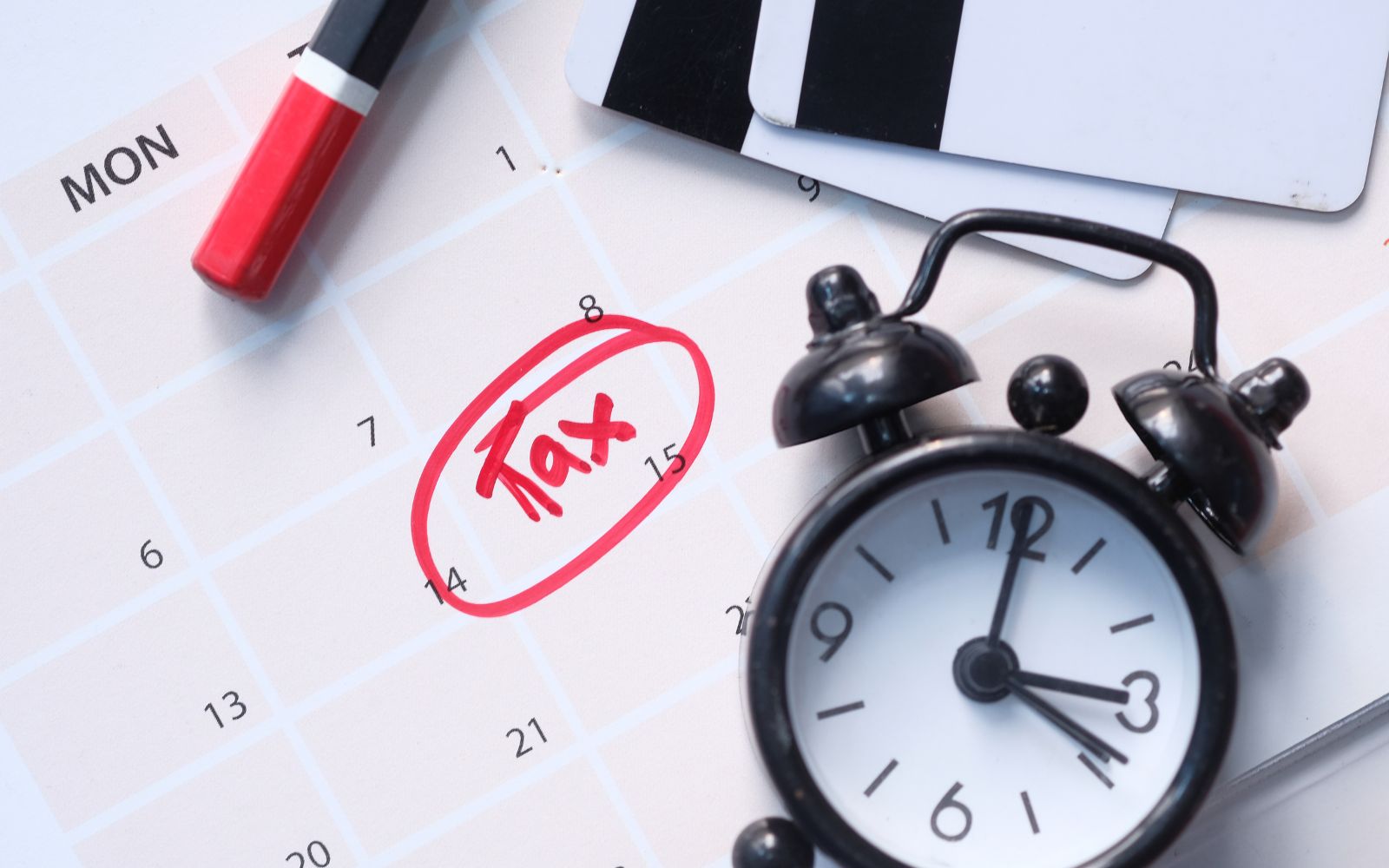Dividend ‘traps’

A company’s shareholders or directors are allowed to withdraw money from the company’s bank account in a form of salary, bonus, dividend or, in some cases, a loan. However, they need to follow specific rules when withdrawing dividends to avoid falling into dividend ‘traps’.
Trap 1 – Timing
The date of dividend payment is very important. If a director has withdrawn funds that result in an overdrawn directors’ loan account at the end of the year, then dividends, deposits or other payments may need to be declared to clear the overdrawn account. The date of the interim dividend is either the actual date of payment or the date when the payment is placed at the director’s disposal. HMRC considers the payment date of the interim dividend as the date of its entry in the company’s book.
If for any reason the company’s books are not ready for several weeks after the payment was made, then this timing ‘trap’ could result in that payment being deposited into the director’s account in one tax year but be recorded in the next. HMRC will consider the latter date as the payment date which could result in the director receiving a higher tax rate.
These timing ‘traps’ usually happen when dealing with interim dividends. The reason is that the final dividend only becomes an enforceable debt when approved by board resolution with the relevant date being the date of the declaration at a general meeting – which can be planned in advance.
Trap 2 – ‘Illegal’ dividend
It is required that dividends are being paid out of retained profits after corporation tax has been deducted. If a company doesn’t have the required amount or any retained profits then it can’t pay off its dividends.
Companies have to ensure that sufficient profits are available to pay out their dividends before intending or declaring them. If profits are not available then the dividend may be illegal and must be repaid. It can be done either by reliable management accounts or a set of specially prepared interim accounts that are reviewed whenever there is an intention to declare a dividend.
Trap 3 – ‘Optimum salary’
National Insurance Contributions (NIC) are levied on salary or earned income but not on investment income which includes dividends.
However, if there is no NIC then a company is not entitled to earnings-related state benefits such as the state pension. Therefore a salary of at least the NIC lower earnings limit which is £520 for the 2021- 2022 tax year needs to be paid to be able to claim the state benefits.
If the employment allowance is not available, which usually happens in solo director or shareholder cases, then once a salary amount that is equal to the primary threshold has been paid, it is more tax-efficient to pay a dividend to utilise the remainder of the personal allowance and the £2,000 dividend allowance. The primary threshold for 2021-2022 is £9,568.
The reason is that there are no employees NIC on this amount and the corporation tax reduction outweighs the employers’ NIC payable. Paying the primary threshold of £9,568 will trigger an employer’s NIC liability but the additional salary plus the associated employer’s NIC of £100.46 (totalling £828.46) will generate a corporation tax saving of £157.41 (19% of £828.46). The ‘trap’ is making payments as salary other than this ‘optimum’ amount.
Trap 4 – Diverting dividends – settlement?
If one spouse is a higher tax ratepayer and the other is a basic or non taxpayer, it is more efficient for a basic or non taxpayer to receive at least some of the dividend income. This can be done in two ways: either by
creating a new class of shares (termed ‘Alphabet shares’) and allocating those shares to the spouse or transferring shares from one spouse to the other.
If the transferring route is chosen, make sure that the payments don’t fall out of the settlement rules. The difference is whether allowing the family member income from the business is earning a PAYE salary or whether the owner-director has created a settlement and ‘retained an interest’ in the business. An ‘outright gift’ doesn’t fall under these rules if the gift carries a right to the whole income and is not ‘wholly or substantially a right to income’.
The information available on this page is of a general nature and is not intended to provide specific advice to any individuals or entities. We work hard to ensure this information is accurate at the time of publishing, although there is no guarantee that such information is accurate at the time you read this. We recommend individuals and companies seek professional advice on their circumstances and matters.




